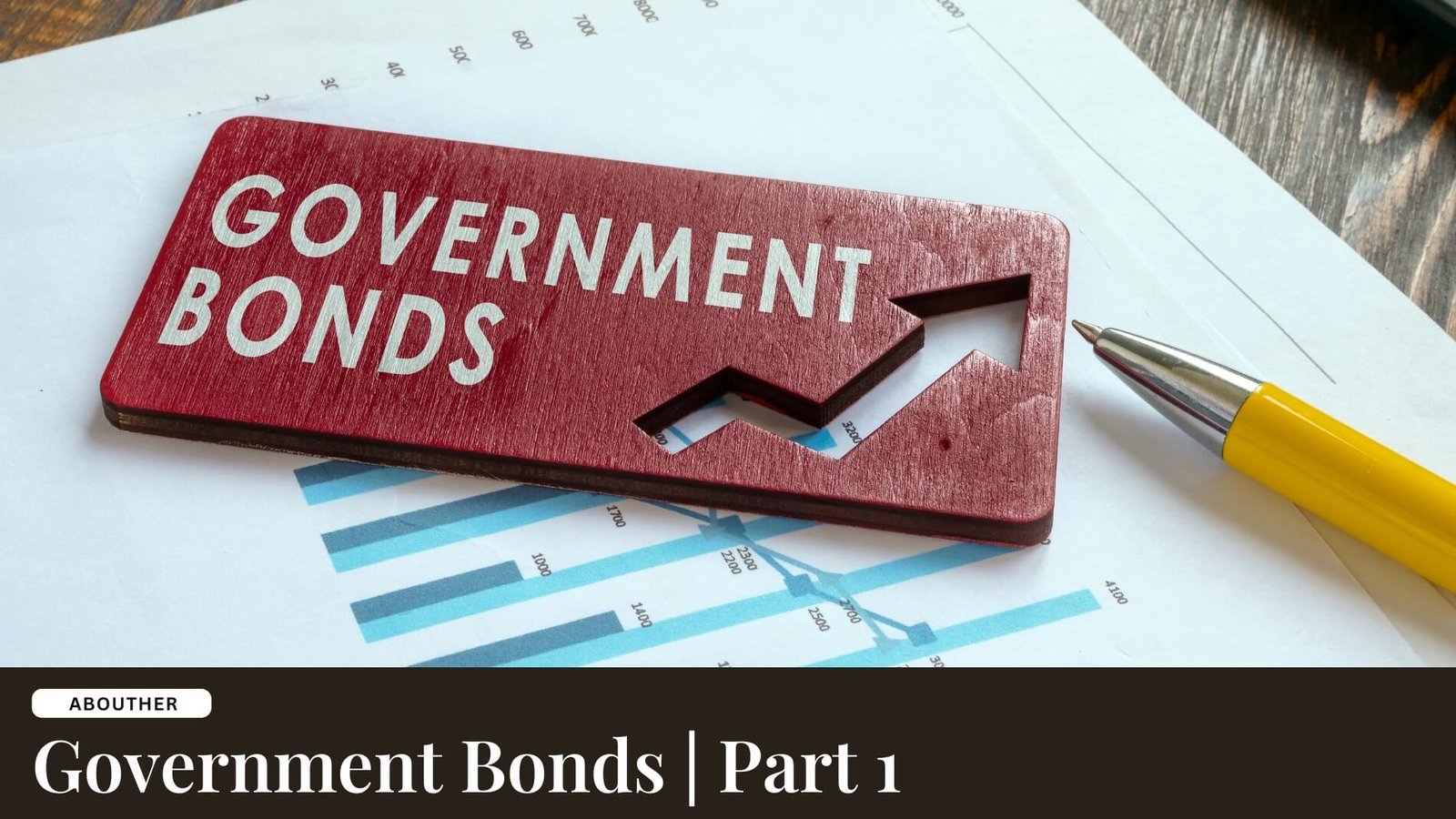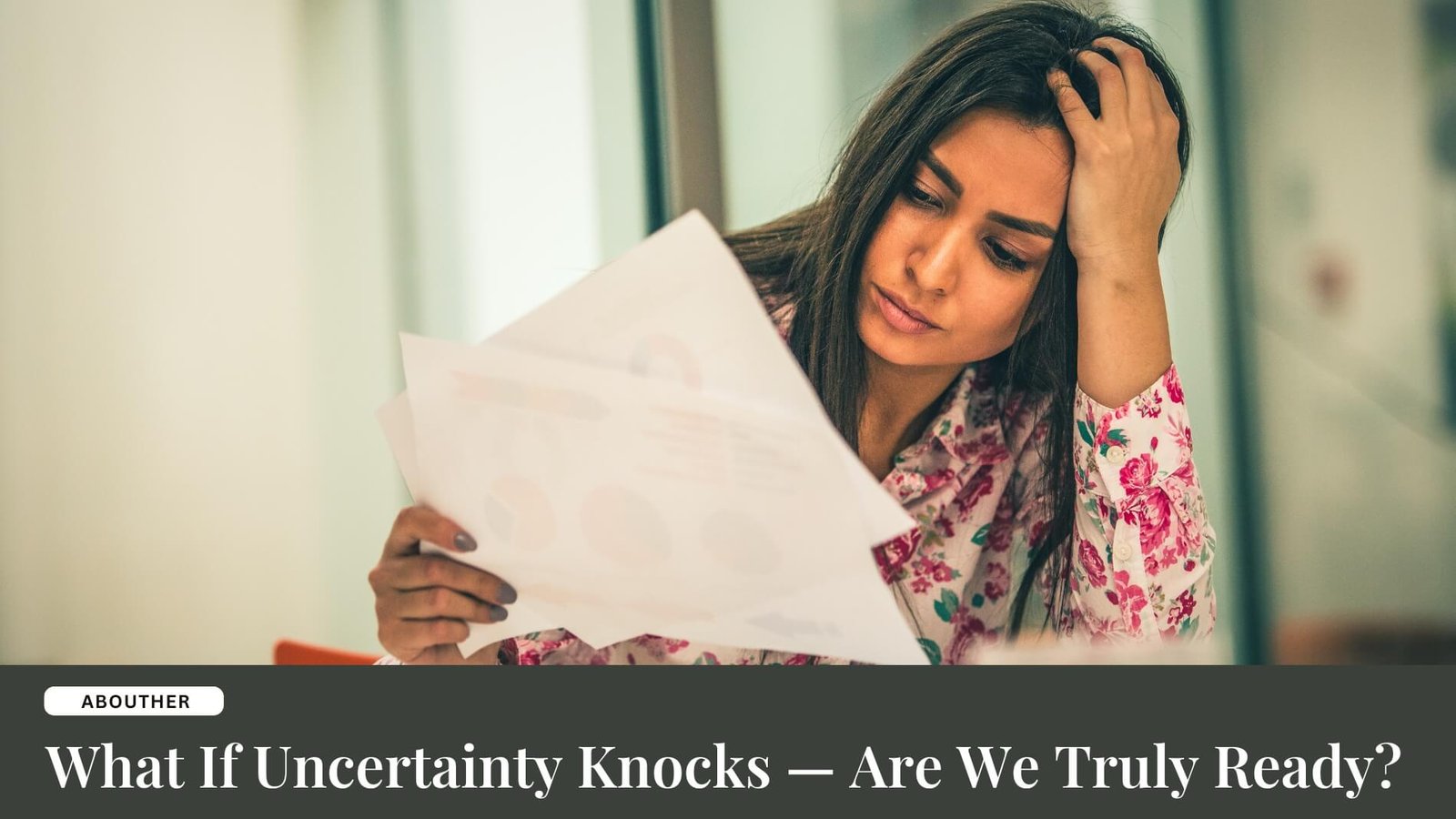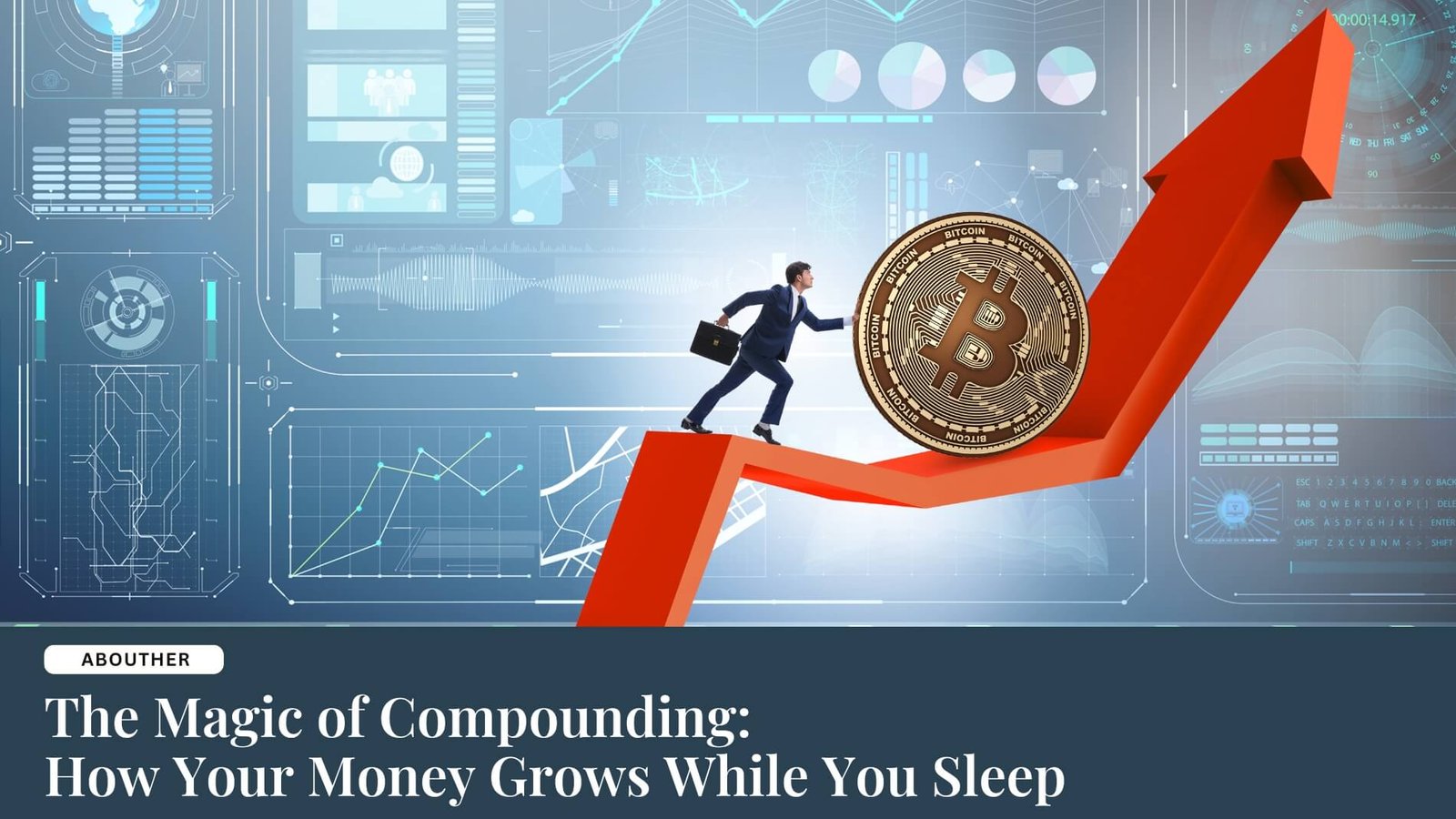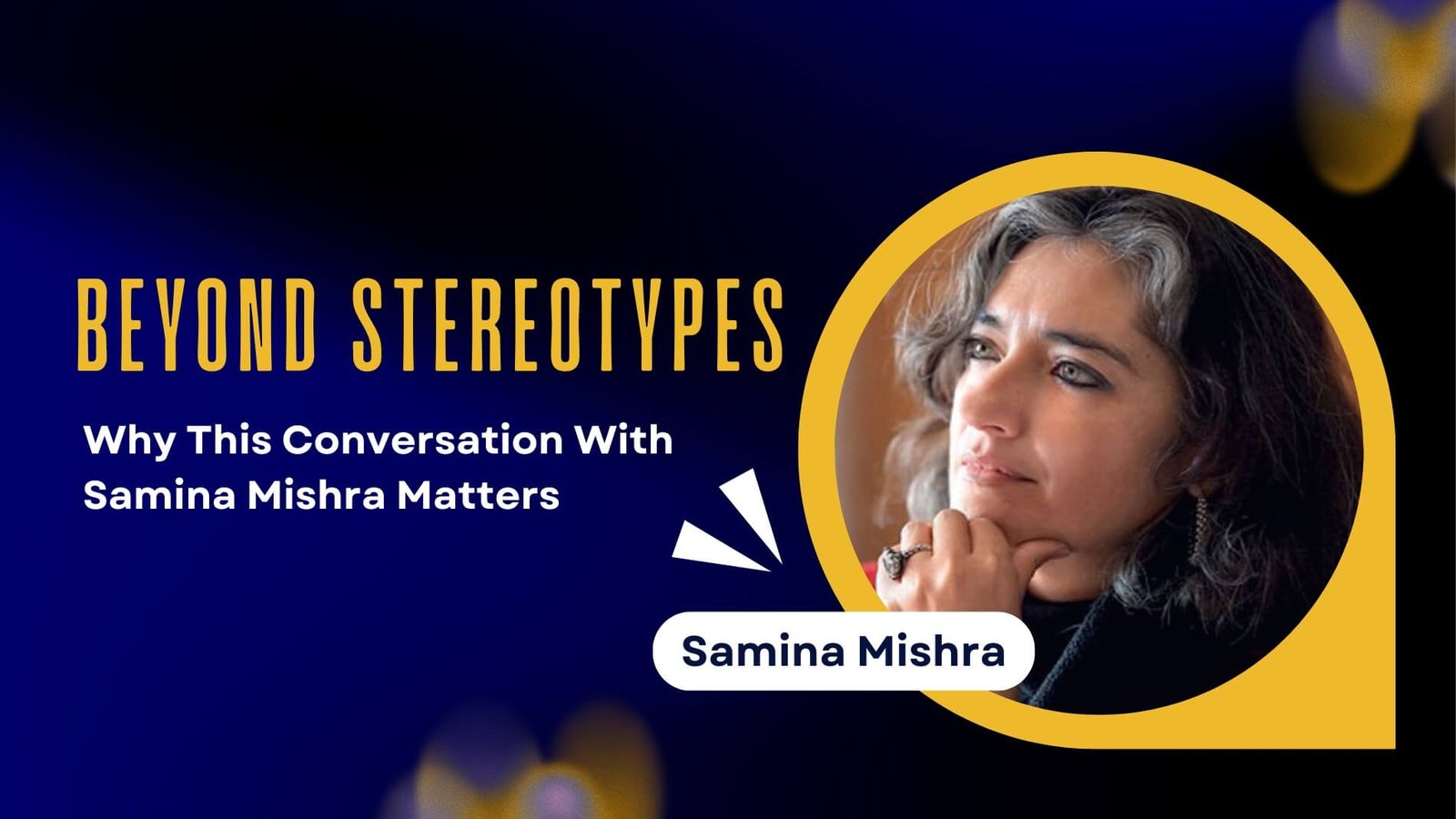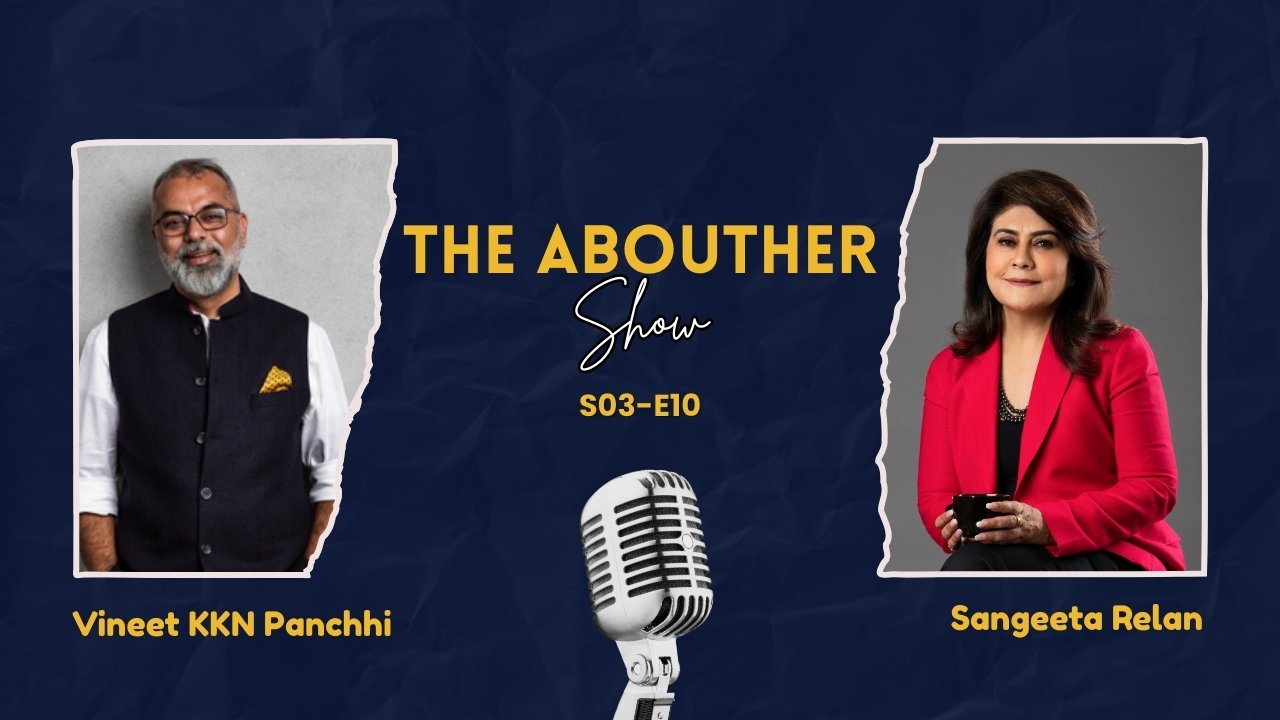Government Bonds | Part 1
Government bonds in India are long-term debt instruments issued by the Central and State Governments to raise funds, primarily for infrastructure and development projects.
These bonds, categorized under government securities (G-Secs), typically have maturities ranging from 5 to 40 years and offer periodic interest payments (coupons), which can be fixed or floating, usually disbursed semi-annually.
State-issued bonds, known as State Development Loans (SDLs), function similarly to Central Government bonds. Initially, G-Secs were available only to large institutional investors like banks and corporations, but they are now accessible to individual investors and cooperative banks.
Also Read: From Earning to Empowered: How Financial Literacy Transformed My Independence
Most government bonds carry a fixed interest rate, ensuring stability and predictable returns for investors.
Types of Government Bonds in India
The multiple variants of Government bonds are discussed below –
Fixed-rate bonds
As the name suggests, these come with a fixed rate of interest that remains constant throughout the tenure of the investment, irrespective of fluctuating market rates.
The coupon on a Government Bond is mentioned in the nomenclature.
For instance, 7% GOI 2021 means that the Government of India is offering a rate of interest of 7% with a maturity year of 2021.
Floating Rate Bonds (FRBs)
Floating Rate Bonds (FRBs), as the name suggests, have interest rates that adjust periodically. These rate changes occur at predefined intervals announced during issuance. For example, an FRB with a six-month reset period will have its interest rate revised every six months throughout its tenure.
A variant of FRBs features a two-part interest structure: a base rate and a fixed spread. The spread, determined through auction, remains constant until maturity, while the base rate fluctuates per the specified reset intervals.
Sovereign Gold Bonds (SGBs)
The Central Government Issues Sovereign Gold Bonds (SGBs), allowing investors to invest in gold for the long term without holding physical gold. These bonds offer tax-exempt interest and are linked to gold prices. Their nominal value is determined by the simple average of the closing price of 99.99% purity gold over the three days preceding issuance. SGBs are denominated in grams of gold.
As per RBI regulations, individual investors and Hindu Undivided Families (HUFs) can hold up to 4 kg of SGBs per financial year, while trusts and other eligible entities can hold up to 20 kg.
These bonds carry a fixed interest rate of 2.50% per annum, paid periodically, and have a maturity period of 8 years unless specified otherwise.
Inflation-Indexed Bonds
Inflation-Indexed Bonds (IIBs) are unique financial instruments in which both the principal and interest are adjusted for inflation. They are primarily issued for retail investors and ensure that real returns remain stable and protect investments from inflation.
A related variant is the Capital Indexed Bond, which differs from IIBs by adjusting only the principal amount for inflation while the interest remains fixed.
7.75% GOI Savings Bond
This G-Sec was introduced as a replacement to the 8% Savings Bond in 2018, offering an interest rate of such bonds at 7.75%. As per RBI regulations, these bonds can only be held by
- An individual
- A minor with a legal guardian representative
- A Hindu Undivided Family
The interest earned from such bonds is taxable as per the investor’s income tax slab rates.
The minimum investment in these bonds is Rs. 1000 and in multiples of Rs. 1000 thereof.
Also Read: Debunking Financial Myths: The Truth About Smart Money Management
Capital Gain Bonds
These bonds are issued by specified entities, and investing in them can provide tax benefits under section 54EC of the Income Tax Act. Capital gain arising from the sale of assets like property can be invested in these bonds to save on taxes.
Bonds with Call or Put Option
The distinguishing feature of this type of bond is that the issuer enjoys the right to buy back such bonds (call option), or the investor can exercise its right to sell (put option) them to such an issuer.
This transaction can only occur on the date of disbursal of the interest amount.
Participating entities, i.e. the government and the investor, can only exercise their rights after the lapse of 5 years from the date of its issuance. They come with the undermentioned options –
- Call option only
- Put option only
- Both
In any case, the government can buy back its bonds at face value.
Similarly, investors can sell such bonds to the issuer at face value. This ensures the preservation of the amount invested in case of any vulnerability in the stock market.
Zero-Coupon Bonds
Zero-Coupon Bonds, as the name implies, do not pay periodic interest. Instead, investors earn returns from the difference between the discounted issuance price and the redemption value at par. Unlike other bonds, these are not issued through auctions but are created from existing securities.
(Why should you invest in such bonds, what are the risks involved? For answers to these and other questions, wait for Part 2.)
Share This On Social
![Sangeeta-Relan-AH-525×410[1]](https://aboutherbysangeeta.com/wp-content/uploads/2024/06/Sangeeta-Relan-AH-525x4101-1.jpeg)
I’m Sangeeta Relan—an educator, writer, podcaster, researcher, and the founder of AboutHer. With over 30 years of experience teaching at the university level, I’ve also journeyed through life as a corporate wife, a mother, and now, a storyteller.
Recent Posts

